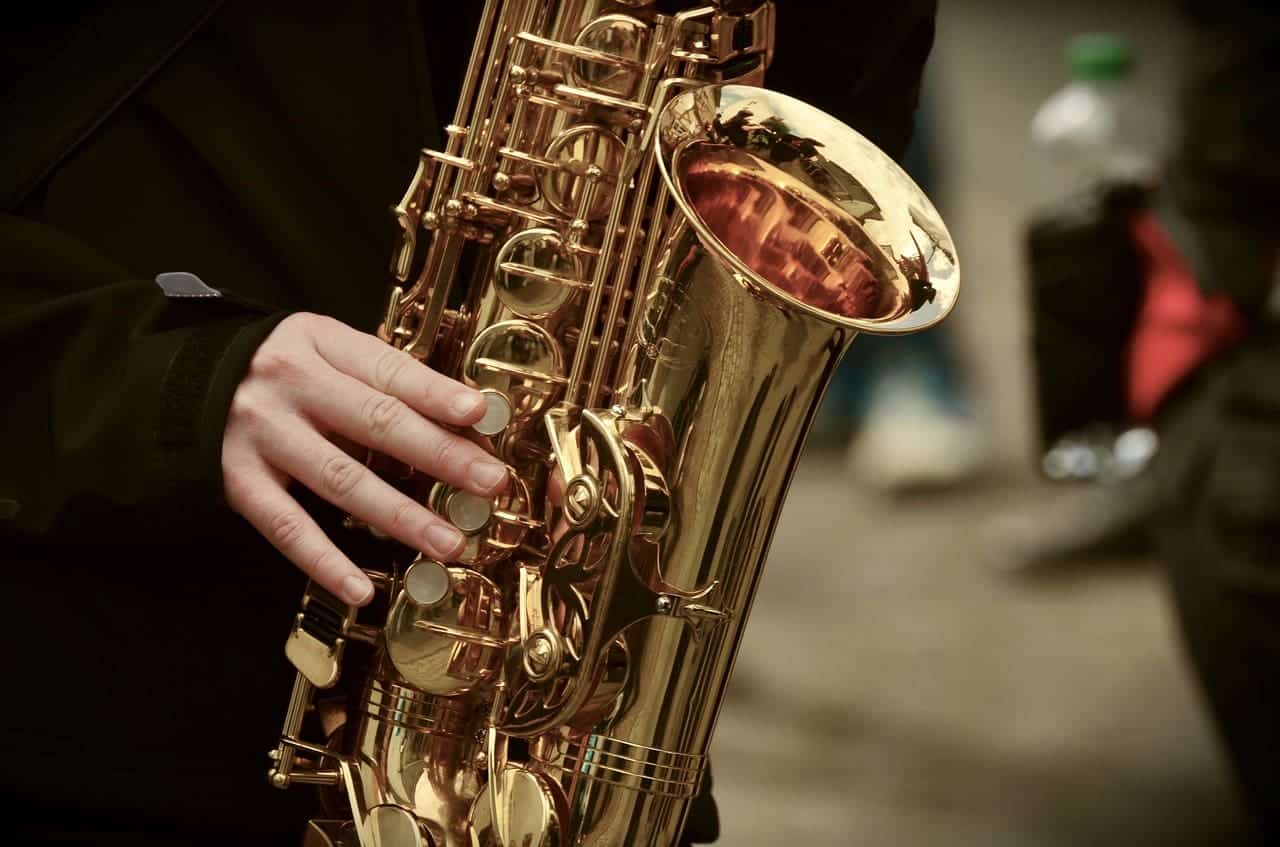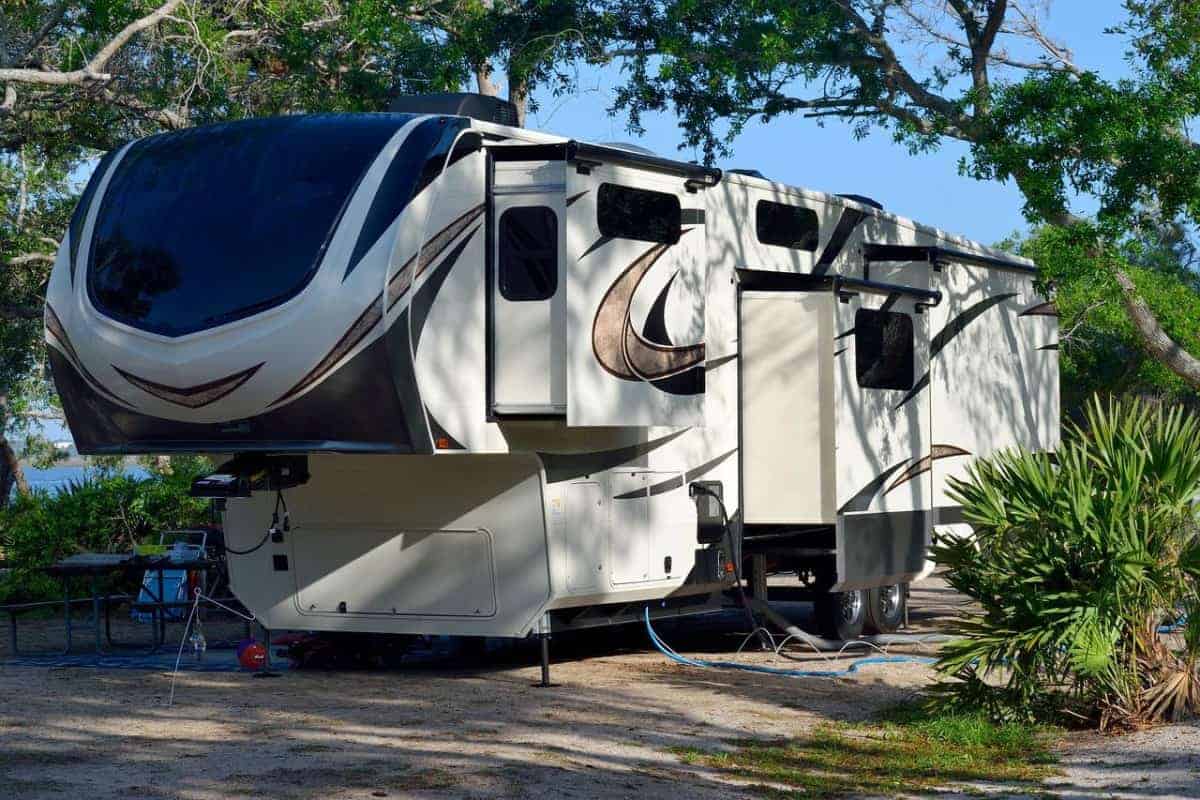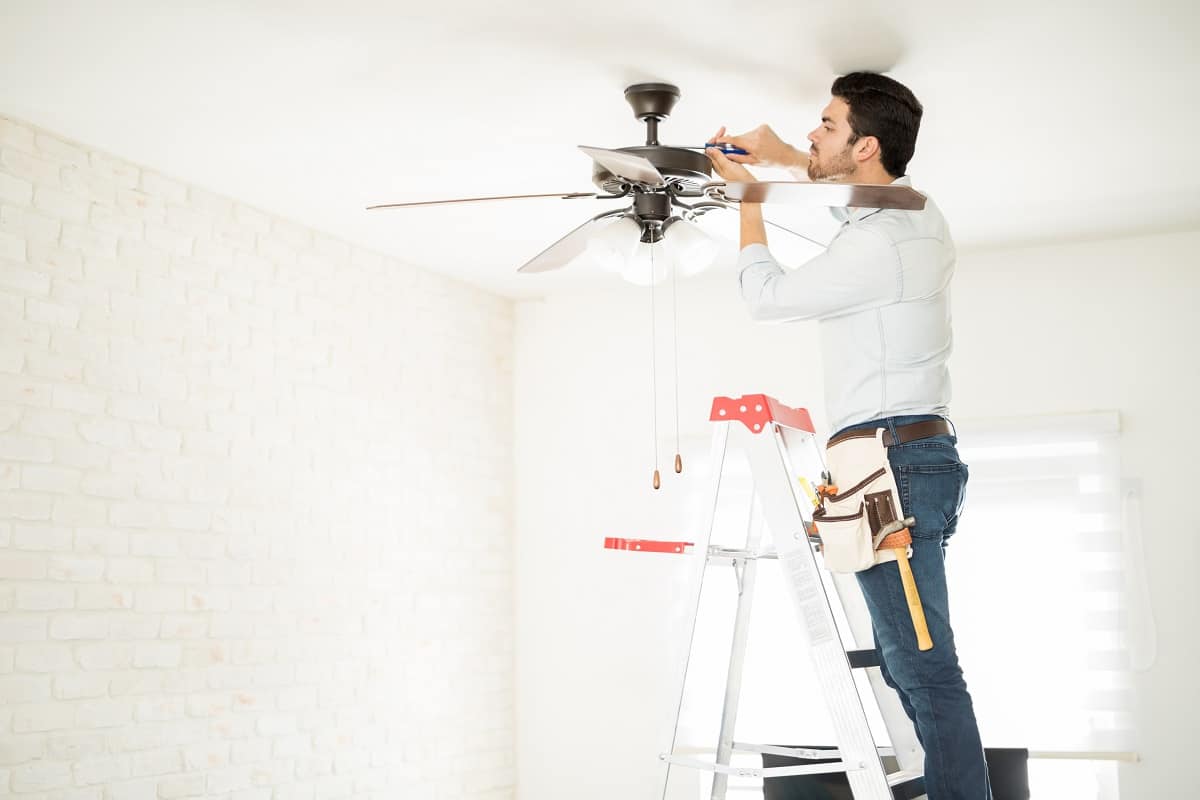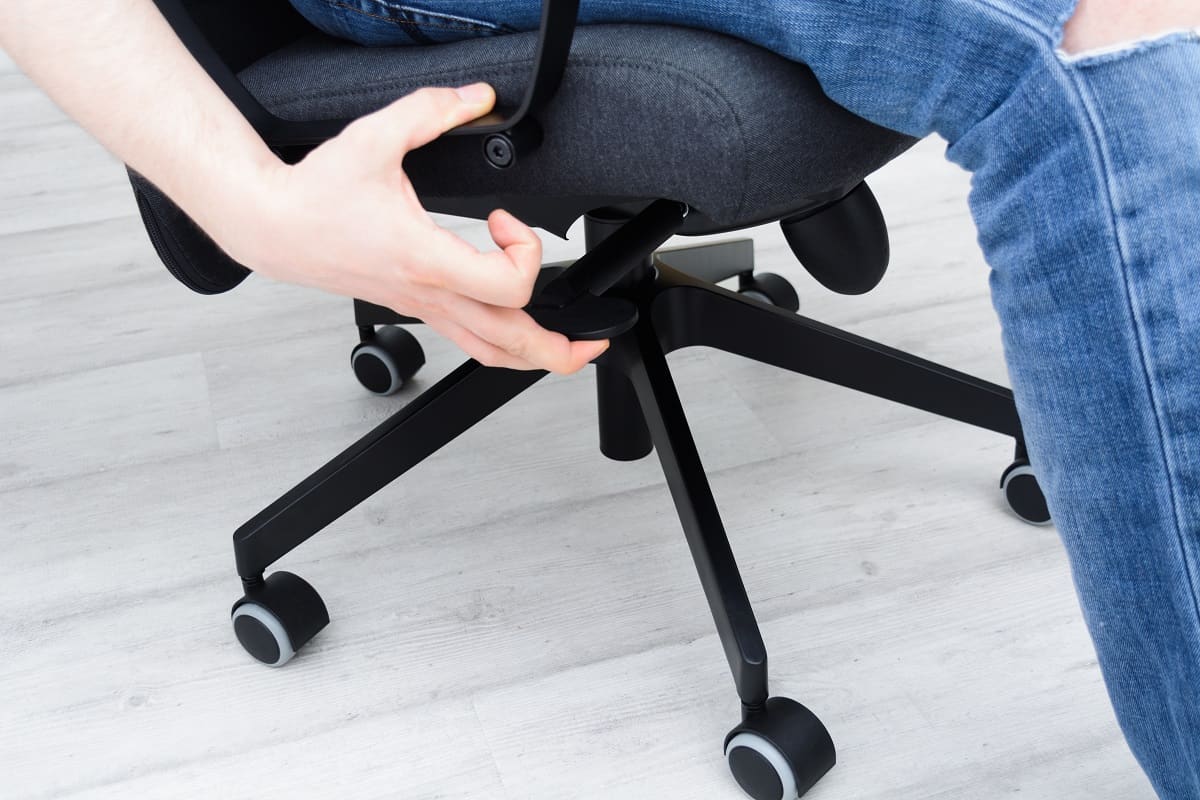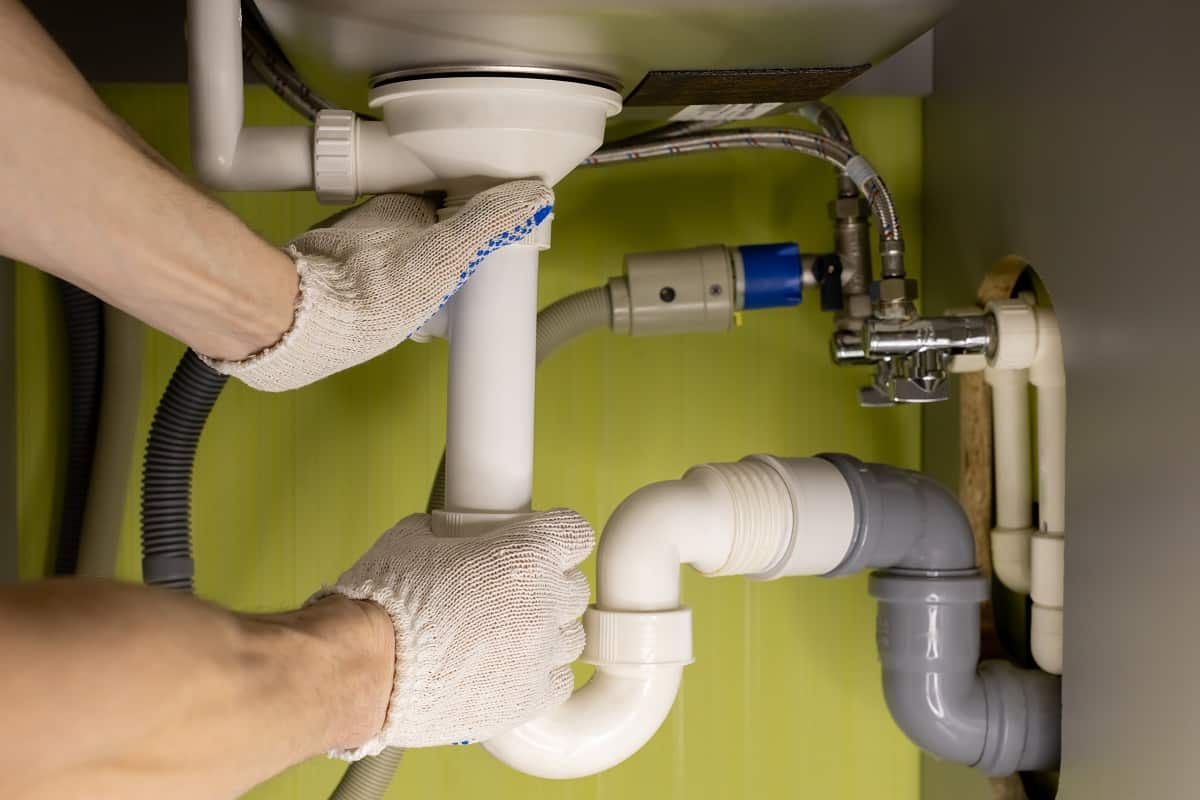Violin is a beautiful and majestically-sounding instrument. It’s among the most popular instruments to play and is often seen and heard in orchestras. That being said, it doesn’t surprise us that so many people are looking to buy a sturdy violin for themselves or children who are enthusiastic about learning how to play it. However, buying a violin from reputable and reliable violin brands is not easy.
Just like many instruments, violins are not cheap. They’re quite expensive and even the most entry model for beginners will need you to cash in at least $500 for decent quality.
Many people think that buying a violin should not be such a big task when you’re purchasing for someone who just started playing. Mostly because children are easy to give up their passions and go for something else really quickly is the most appropriate reason to avoid an expensive violin.
But, it’s not always that way. Cheaper violins also mean lower sound quality and poorly made materials that can make holding and playing the violin a pain. Many violin teachers also agree that violins that are imported from third-world countries aren’t suitable for children or adults who want to learn.
With that in mind, we compiled a list of violin brands and violin models that may not live up to their expectations for beginners let alone experts. We also created a buying guide that will help you see what features not to look into and what to avoid.
Finally, we’ll also detail three alternative brands and models that you can look into and see whether they work for you.
Features To Look Into With Violin Brands To Avoid
Here is a list of features you should look into when shopping for a violin. Although not all, brands that you should avoid will have some of these “features” or traits, so make sure to read thoroughly through the label and see what to focus on.
Violin Is Made Out Of Composite Wood And Not Solid Wood
One of the first red flags that you should look into is the type of wood used to make the violin. Cheaper and lower quality brands usually use composite wood for their violins, which is also known as man-engineered wood.
In simple words, composite wood is a blend of various wooden products which are a result of bound strands, boards, and fibers made out of wood. Sometimes, this type of wood is also known as wood-plastic composite (WPC) if it also includes plastic compounds.
This approach makes the engineering and manufacturing process much simpler, but in turn, the violin won’t last too long because wood composite is not strong or durable enough to withstand the constant pressure coming from the vibrations of a violin being played.
Other Plastic Materials
If they don’t use composite wood in its entirety, there are parts of the violin that are completely made of plastic. Those can include the pegs, tailpiece, and fingerboard, as those parts are the easiest to make with plastic to resemble that of premium violins.
If these parts are made of plastic, they’re not going to last for long. The tailpiece is brittle and can easily break under pressure, while pegs won’t keep strings in place, especially when more intensive compositions are played. Such violins, if they exceed their life expectancy of a year or two will probably need a lot of maintenance, repairs, and tuning.
It’s Too Affordable
Some say that a good violin can’t be found for under $400. Some music teachers and violin experts say that the threshold can be lowered a bit more, but not too much. One thing to keep in mind is that some violins can be available in the sub-$100 field and manufacturers easily trick beginners that this is the best balance of value and price.
Good violins with reputable brands tend to be over $500. They’re made out of the finest quality wood and sound as good as they are priced. This is not approachable for beginners, but it’s a good point to know how far lower you should venture under the top-rated violins.
The Brand Is Not Reputable
The reputation of a brand is everything, and data that indicates a history of faulty components or lacking customer service should tell you everything about how some brand is. When violins are being sold on Amazon, for example, there are a lot of reviews that can justify whether some brand or product is good.
However, Amazon is not the only place to check for reviews. You can research some brand by typing their name on Google and checking Google reviews, Reddit, and Quora reviews of it, and consult different people who have been playing violin for a while.
There’s No Warranty
If you’re buying a cheap violin, you can’t expect it to last, so it’s even harder to expect reputable and consistent warranty services that will last for years like it’s the case with some high-end brands. However, not providing any kind of customer satisfaction guarantee or money returns is ridiculous.
If a company does provide a warranty contract for your violin, it’ll probably be one to two years, which is the usual life expectancy of these models anyway. However, it’s good to keep in mind that pricier brands offer much longer warranties, and sometimes, some expensive violins also come with a trial period.
Lacking Customer Service
Lastly, we’d like to tackle customer service. Customer service makes sense when you’re going to shop for some electronic or something that comes with a strict manual like a bed, or sofa. However, with violins, customer service should simplify the shopping process, explain the materials, and finally provide info about tuning and maintenance service, as well as warranty.
The problem with a lot of customer service personnel is that there’s not enough for them to serve every customer with the same courteous and helpful tone. Finally, not many of them are educated to deal with violins and may not always provide the right solution you’re looking for.
With cheaper violin brands, there’s usually no customer service, so you should be very careful when shopping.
5 Violin Brands to Avoid
Now that we detailed what things you should avoid when it comes to violins, let’s detail the 5 violin brands that we don’t recommend for beginners or anyone who wants to play violin professionally.
Disclaimer: This article is purely informational and doesn’t intend to defame or “cancel” any brand that manufactures a guitar. Our only aim is to inform consumers about certain brands that are not beginner-friendly, and won’t last too long as they’re expecting to. Readers are still encouraged to buy from these brands, as long as they’re aware of the risks that they carry.
Mendini Violin (MV300)
- Why avoid it: Teachers often discourage students to use this brand because of misplaced bridges and difficulties tuning.
- Warranty: 1-year limited warranty
- Customer service: Could be better
Mendini by Cecilio is one of the most reputable brands for beginners who want to start learning how to play the violin. They are available in different sizes to accommodate different age groups and assist with skill and experience. Most violin brand models are made out of maple and require minimal assembly.
They look and feel premium despite their lower price compared to other brands.
As we said above, there are many great things about this brand, but its beginner-friendly model MV300 doesn’t stand out as extraordinary spectacular. It’s made to be sturdy and it’s made out of maple both front and back.
However, there are certain complaints that make this model not stand out compared to others, such as a misplaced bridge that feels too high for beginners.
Some teachers also don’t accept this model as an appropriate one when welcoming new students. The bridge also feels loose as well as the pegs, which means it will need frequent tuning.
Beginners are usually not comfortable with tunning, so it’d require regular maintenance. It’s worth noting that it comes with a one-year warranty, but customer service is often unavailable.
Eastar Violin (EVA-3)
- Why avoid it: Poor quality strings out of the box, and not consistent sound. Loose pegs.
- Warranty: No warranty
- Customer service: Could be better
Eastar violin is a brand that manufactures its guitar in China but it prides itself in hand-making all its models. It’s worth noting that most of its models are ideal for students who are getting started, they are made out of spruce and maple and have a quality finish. However, not all models live up to its expectation.
Eastar EVA-3 just doesn’t live up to our expectations. Even though it’s made out of quality wood materials, it uses poor-quality strings that seem like they’re made out of plastic and not hair. That produces a horrible sound which may discourage beginners from learning how to play.
In addition to that, the bridge doesn’t fit properly into the violin and requires assembling which is not very beginner-friendly. Finally, there’s no warranty, and because the pegs are loose students will constantly need to find someone to tune the violin for them.
Crescent Violin
- Why avoid it: The violins rather feel like hobby toys than professional instruments meant to be learned. Pegs are displaced.
- Warranty: 30-day returns
- Customer service: In some cases it’s decent.
Crescent violins are designed and manufactured to look premium and expensive. Instead, they’re affordable and don’t produce as good sound as you’d think. They are ideal for violin hobbyists and children who’d like to try playing it out, without the intention to get serious and commit to it. Some of its models are good for beginners, however.
All of its models are filled with mixed customer reviews that don’t seem to validate the proper functioning of this violin. Our main complaint is that the pegs are also displaced and getting loose, which means that the violin will need to be frequently tuned.
In other words, this violin produces such sound that it can only be used as a hobby violin for a week or two before it’s left in the attic or basement. It’s not recommended by violin teachers and won’t meet your requirements in terms of quality.
ADM Violin
- Why avoid it: Difficulties with tuning, inconsistent sound that frustrate violin teachers.
- Warranty: 1-year warranty
- Customer service: It’s very bad.
ADM makes entry-level violins for students and those who want to practice as hobbyists. They are known for designing gorgeous violin models, available in all sizes but also different, interesting colors.
Unfortunately, most of the design budget goes on making the design beautiful, especially for beginners who want to flaunt a nice-looking violin. However, what’s unfortunate about this type of violin is that they don’t sound that good.
The sound is inconsistent and these inaccuracies make many students think that the violin can’t be tuned properly. A lot of teachers don’t recommend it and because of its low-quality build, its prone to chipping, scratching, and breaking.
Another thing that is often complained about is the horrible customer service. They won’t accept returns even if the instrument actually came damaged. A lot of customers had to go back and forth with them and had to pay for shipping when returning the damaged instrument.
Windsor
- Why avoid it: Difficulties with tuning, you have to tune it as you play.
- Warranty: 1-year warranty
- Customer service: Could be better.
Windsor is a popular violin manufacturer that works in making violin models for children aged 7 to 9. However, you can also find other types of models that you can try out.
There are a couple of reasons why you’d like to steer away from this brand. The main reason is that it makes cheap-looking violins that are incredibly frustrating to play. It feels like the instrument is constantly under too much pressure with strings not feeling durable and sturdy enough.
The strings are regularly displaced which gives difficulties tuning the instrument. Also, it’s quite easy to chip or damage it and it won’t last for a long time.
Things to Look For When Shopping For A Violin
Now that we highlighted 5 violin brands that you want to stay away from, or at least stay away from certain models let’s take a look at the features you should consider when shopping for the perfect violin.
The shape of the bridge: In cheaper models, the bridge is usually easily displaced and doesn’t look like it matches the rest of the body of the violin. When you find the right violin model, you’ll see that the bridge sits nicely with the body and complements it.
There are no plastic parts: All parts of the violin are made out of wood, pure wood, and not a composite, like was the case earlier. The ebony part of the violin is not masked with black color painted over the plasticky part.
There’s a test or trial: Some professional and reputable brands offer the customers an opportunity to try or test the violin first. Sometimes it can last a day, and sometimes you can have a test run for a few days to get a feel and see whether it’s the right one for you.
Quality strings: Instead of plasticky or silicon strings, good-quality violins will use horse hairs. In the case of a cheaper but good quality violin, you’ll find nylon bow hairs which are also a good alternative.
Frequently Asked Questions About Violin – FAQ
As you can see, choosing the right violin brand to shop from is quite complicated, which is why we compiled a list of frequently asked questions about shopping for a violin. Check them out.
Why Should I Shop From Branded Violin Manufacturers?
Teachers and tutors mostly recommend buying a violin from a branded manufacturer. There are many reasons, such as reputation and insight into the shape, looks, feel and sound quality of the violin.
More importantly, most good violin brands are backed by a decent and reasonable warranty which simplifies the shopping process. Some violin brands will even let you shop from local vendors and then register the violin serial number for claiming warranty and customer support.
What Alternative Violin Brands Should I Consider?
There are many violin brands worth checking out. We’ll list some of them below.
- Cremona (SV-500) – It feels lightweight and easy to set up, the pegs are sturdy and durable, so you won’t have to tune your violin every few days. Given it meets all the MENC standards and comes from the USA-based workshop in California, it produces a crisp and stellar sound that will not only impress you but encourage you to continue learning. It’s also available in various sizes and it’s made out of beautiful and durable materials.
- Bunnel Pupil – Bunnel Pupil is one of the most reputable and premium brands in the given price range. They manufacture perfect violins for beginners but also veterans who are ready to change the violin but don’t have enough money. It’s worth noting that it comes with a lifetime warranty and 45 days free returns guarantee, which means you have more than enough time to try it out.
- Yamaha (V3 Series) – Yamaha has always held its high reputation when it comes to instruments, whether it’s piano, guitars, or violins. Its V3 series is available in multiple sizes, but the full-size violin definitely lives up to its name. It has a full ebony build which makes it sturdy and durable to use even under the strongest pressure, and even by the children that are learning.
What Is The Most Unreliable Violin Brand?
In our opinion, that’s Crescent violin because no matter from what angle you look at it, most of its violins don’t sound consistent and don’t feature a reliable and stable design. They’re ideal for hobbyists, but not anyone who wants to actually learn the instrument and master it.
How Much Should A Beginner Spend On A Violin?
It depends on whether you want to play the violin as a hobby or as a recreational activity or whether you want to actually learn it and become an expert.
Beginner violins for hobbyists should cost anywhere from $80 to $200. However, if you want to get started with a violin, you should spend at least $400 to $600 and even more as you progress with your musical journey.
If you think that’s expensive, keep in mind that university-grade violins can cost as little as $1,500 and as much as $3,000. You don’t have to necessarily have to spend this much, but as you become a master of this trade, you’ll want a violin that can keep up with your skill and talent.
Don’t spend too much on a violin if you don’t want to take it seriously. Violins are sensitive and always under pressure, which is why you should focus on quality materials.
Also Read:


